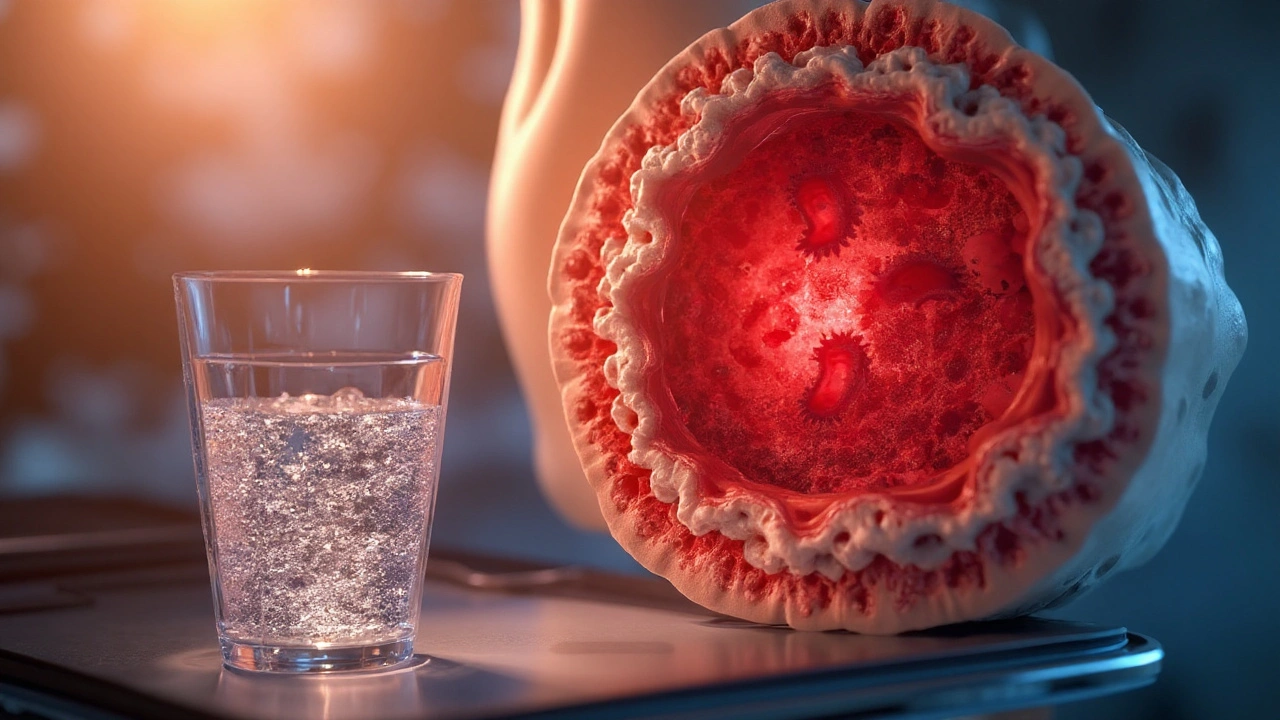Stem Cell Transplant: Simple Facts & Practical Tips
If you’ve heard the term "stem cell transplant" and wonder what it really means, you’re in the right place. A stem cell transplant replaces diseased or damaged blood‑forming cells with healthy ones, giving the body a fresh start. It’s most often used for blood cancers like leukemia, but it can also help with some genetic disorders and severe immune problems.
Think of it like swapping out a broken engine for a new one. Your doctor will collect healthy stem cells – either from your own body (autologous) or from a donor (allogeneic) – and then give them a high‑dose chemo or radiation to make room. After that, the new cells settle in, start making blood, and the body begins to heal.
Types of Stem Cell Transplants
There are three main types you’ll hear about:
- Autologous transplant: The patient’s own cells are harvested, frozen, and re‑infused after treatment. It lowers the risk of rejection but may not be suitable if the original cells carry a disease.
- Allogeneic transplant: Cells come from a matching donor – a sibling, unrelated volunteer, or even umbilical cord blood. This can offer a stronger “graft‑versus‑tumor” effect, but there’s a chance of graft‑versus‑host disease (GVHD).
- Syngeneic transplant: Identical twins donate to each other. It’s rare but eliminates rejection and GVHD risks.
Choosing the right type depends on the disease, age, overall health, and donor availability. Your medical team will run tissue typing tests to find the best match.
Preparing and Recovering
Before the transplant, you’ll undergo a series of tests: blood work, imaging, heart and lung checks, and a thorough review of any medications. The goal is to spot issues that could complicate the high‑dose chemo or radiation.
During the conditioning phase, you may feel nauseous, fatigued, and have a low blood count. Hospital staff will monitor you closely, give antibiotics to prevent infections, and transfuse blood products as needed.
After the infusion, the new stem cells travel to the bone marrow and start producing red cells, white cells, and platelets. This “engraftment” usually occurs within 2‑4 weeks. You’ll stay in the hospital until your blood counts stabilize, then move to outpatient care.
Recovery is a marathon, not a sprint. Expect regular doctor visits, blood tests, and possible side effects like mild GVHD (skin rash, liver irritation) or infections. Staying hydrated, eating balanced meals, and avoiding crowds can speed up healing.
Most patients regain a good quality of life within 6‑12 months, but long‑term follow‑up is crucial. Doctors will watch for late complications such as organ issues, secondary cancers, or chronic GVHD.
On this tag page, you’ll find articles that dig deeper into related topics – from buying medication safely online to understanding drug interactions. Those reads can help you manage prescriptions, side‑effects, and overall health after a stem cell transplant.
Bottom line: a stem cell transplant is a powerful tool that can reset a damaged blood system, but it requires careful planning, a supportive medical team, and a committed recovery routine. If you or a loved one are considering it, talk openly with your doctor about the type that fits your situation, the risks, and the steps you can take to stay on track.


